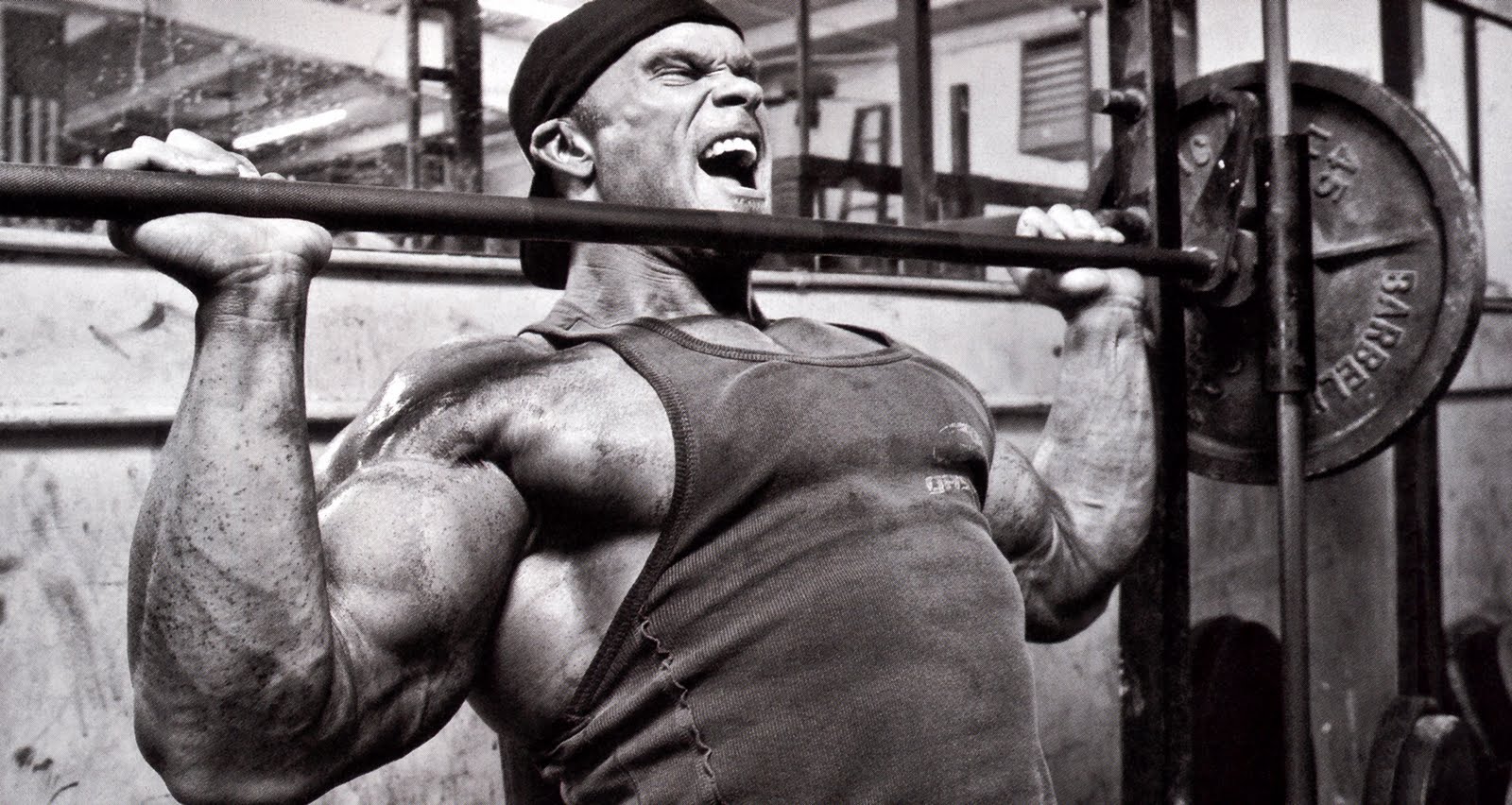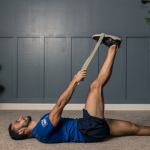It takes about seven full days to completely recover from maximum overloads on muscle groups. People like the late bodybuilder Mike Mentzer used to say that a workout program had to be designed to overload specific muscle groups on particular days, with adequate intervals of rest provided for every muscle.
He for one was very adamant about his clients not changing what he had set up for them, as they might become over-worked and possibly injure themselves.
A lot has been said about overtraining muscles over the years in regards to loads, reps, frequency and so on. Here is my take on this topic.

To achieve the greatest muscle gains possible, you must train with as high of intensity and volume of exercise as you can without over training. The key is to avoid over training in order to stimulate the muscle and not annihilate it.
I like the philosophy of less is more when applied to muscular gains.
If you do the most effective exercises with maximum effort in the gym then the time out of the gym devoted to eating and resting becomes your #1 limiting factor. Most elite level lifters and competitors will probably agree that the biggest obstacle for guys trying to gain muscle size is nutrition and getting proper sleep.
If you go back a few decades, a couple of methods for determining optimal workout load (which in turn maximizes and accelerates muscle gains to previous unattainable levels) were revealed from a gentleman named Kevin A. Pezzi, M.D.
Here are the two methods Dr. Pezzi suggests a person do to determine their optimal workout load when training with the heavy iron:

Method #1: This particular concept will give you instant insight as to whether you are over training. If for example you are a right-handed individual, your upper body on the right side should be greater than the left. This would be determined with ‘One-Limb’ lifting such as single leg squats, single arm dumbbell curls or single arm dumbbell presses as examples.
If you don’t see a strength increase on the dominate side of your body when employing Uni-Lateral or Asymmetric Training (and actually get weaker) after a predetermined period of time, then this is a clue that you may be over training.
Method #2: This concept allows a person to determine his/her optimal workout load and as well objectively evaluate such variables as (number of sets, reps, frequency of exercise, etc.) and its effects on your muscular development.
Here’s how this method works. Select an exercise for evaluation such as the standing barbell curl, for example. If you have been performing 4 total heavy sets for this exercise and you think you may be under training, try 6 total heavy sets for 2-3 weeks.
Now compare the results during this time period with the results for an equal period of time on the previous 4 total heavy sets (keeping an accurate training log of exercises used, number of sets/reps, dates of workouts, [intermediate, muscle specific, critical term recuperation] and miscellaneous factors such as lack of sleep, injuries, illnesses are of vital importance for making such comparisons).
If you find that your progress has accelerated from doing 6 total heavy sets as compared to the previous 4 then you were under training. Increase the total number of heavy sets from 6 to perhaps 8 (and no more) and repeat the process as described.
It is important to note that if at any time your strength or size decreases while the evaluations of the effects of optimal workout loads (i.e. 6 sets as compared to 4 sets, etc.) are being studied you are over training and need to immediately REDUCE the workload on the biceps to previously accepted workout loads.

Another variable to the above described method would be to substitute the one-dumbbell curl for the standing two hands barbell curl, performing a different number of sets and reps for each arm.
For example, for the next 2-3 weeks you might do 6 total heavy sets of say 6 reps each for the right arm and 8 sets of 4 reps for the left. Reverse sets and reps protocol for each arm after 2-3 weeks and continue on in the manner described for another 2-3 weeks. Continue to evaluate your response to the variable number of sets and reps.
Dr. Pezzi’s espoused method (#2) will work not only on the biceps but on any other major or minor muscle group as well. Generally, when using the method described (above) for evaluating training responses the number of sets would in most all cases never exceed 8 to 9 total heavy sets per a select muscle group. As a result, you will only be using one exercise per a select muscle group.
Dr. Pezzi suggests that it may take a few months to determine optimal workout loads.






























